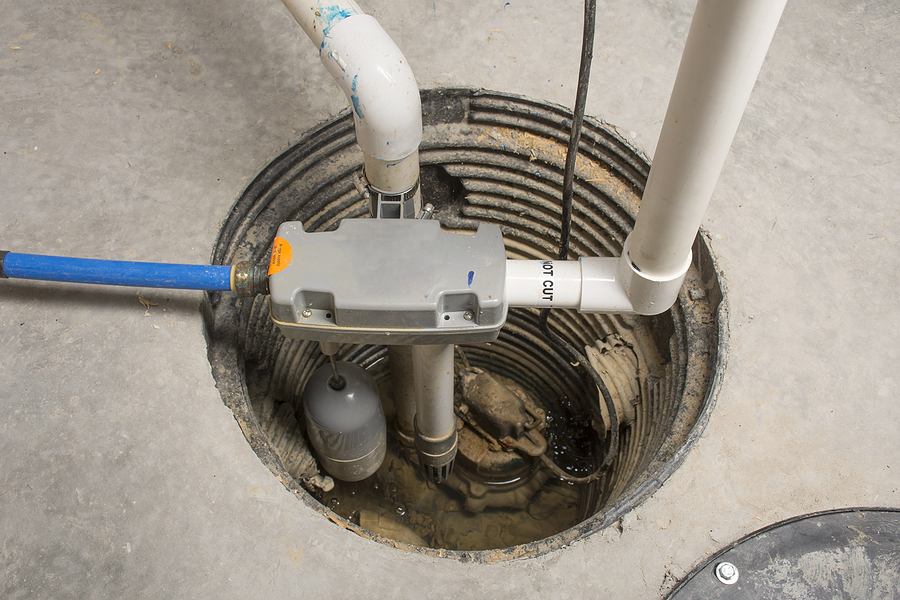Call This Monday to Get $50 OFF
Call us today
214-943-2424

A sump pump is an essential tool for houses, particularly in locations susceptible to flooding or with lower levels. Its main function is to stop water from building up in your basement or crawl space, protecting your home from water damage and the development of mold and mildew. Understanding the importance of regular maintenance and professional sump pump installation can help homeowners grasp its role and benefits.
A sump pump is usually placed in a sump pit, which is a small reservoir created to accumulate extra water. Water enters this pit when groundwater levels increase or during a flood event. When the water reaches a specific point, the sump pump turns on, removing the water from the pit and diverting it away from the house to a specified drainage location. This helps avoid flooding in the basement or lower levels, keeping the foundation and stored items safe.
The main types of sump pumps are submersible and pedestal. Submersible pumps are placed inside the sump pit to reduce noise and visibility. In contrast, pedestal pumps are installed higher up from the pit and are simpler to maintain. Getting advice from a plumber can assist you in figuring out the most suitable type for your residence and water management requirements.
Living in an area with high groundwater levels or frequent heavy rainfall makes a sump pump a necessary item. Water damage in a basement can result in expensive repairs and promote the growth of mold and mildew. Having a sump pump in place serves as the initial protection against these problems, preventing water from reaching harmful levels.
Aside from preventing water damage in your home, sump pumps can also enhance indoor air quality by decreasing the risk of mold growth. Getting a sump pump installed by a trustworthy plumber at Texas Rooter is a valuable investment for your home's well-being and protection, as part of an extensive water management plan.
Sump pumps can experience regular wear and tear just like any other mechanical device. If you observe that your sump pump is not turning on correctly or is running nonstop without stopping, it might be a good idea to reach out to a plumbing repair service. Moreover, strange sounds or a pump that fails to discharge water efficiently suggest possible problems. An experienced plumber can evaluate the state of your sump pump and suggest necessary repairs or a replacement.
Contacting a plumbing service for sump pump installation in homes without one can help prevent flooding. The process of installation involves choosing the correct pump type, finding the optimal pit location, and connecting the pump to a suitable drainage area.
Once you have set it up, it is important to regularly maintain your sump pump to keep it functioning properly. A lot of homeowners make appointments every year with a plumbing repair company to inspect for blockages, confirm the pump's placement, and evaluate the system's performance. Regular maintenance can also prevent minor problems from becoming expensive repairs. Take proactive measures with Texas Rooter to avoid potential water problems and keep your home secure and free from water damage.
We all know that extremely cold weather can lead to frozen and burst pipes.…
Read MoreHave you ever walked into your basement after a heavy rain and found water everywhere?…
Read MoreHave you ever been startled by a strange noise coming from your water heater? Those…
Read MoreWater isn't always as pure as it seems. Contaminants—from harmless minerals to potentially harmful chemicals—can…
Read MoreImagine you’re hosting a backyard barbecue in sunny Texas when you…
Read More